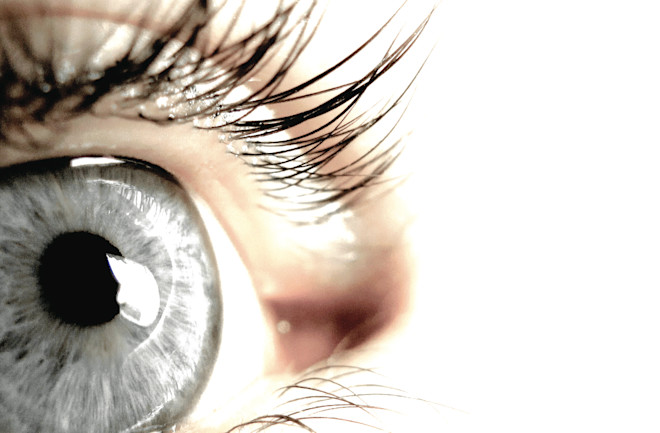Our perception of the world ordinarily seems so effortless that we tend to take it for granted. We look, we see, we understand—it seems as natural and inevitable as water flowing downhill.
In order to understand perception, we need to first get rid of the notion that the image at the back of the eye simply gets “relayed” back to the brain to be displayed on a screen. Instead, we must understand that as soon as rays of light are converted into neural impulses at the back of the eye, it no longer makes any sense to think of the visual information as being an image. We must think, instead, of symbolic descriptions that represent the scenes and objects that had been in the image. Say I want someone to know what the chair across the room from me looks like. I could take him there and point it out to him so he could see it for himself, but that isn’t a symbolic description. I could show him a photograph or a drawing of the chair, but that is still not symbolic because it bears a physical resemblance. But if I hand the person a written note describing the chair, we have crossed over into the realm of symbolic description: The squiggles of ink on the paper bear no physical resemblance to the chair; they merely symbolize it.
Analogously, the brain creates symbolic descriptions. It does not re-create the original image, but represents the various features and aspects of the image in totally new terms—not with squiggles of ink, of course, but in its own alphabet of nerve impulses. These symbolic encodings are created partly in your retina itself but mostly in your brain. Once there, they are parceled and transformed and combined in the extensive network of visual brain areas that eventually let you recognize objects. Of course, the vast majority of this processing goes on behind the scenes without entering your conscious awareness, which is why it feels effortless and obvious.

